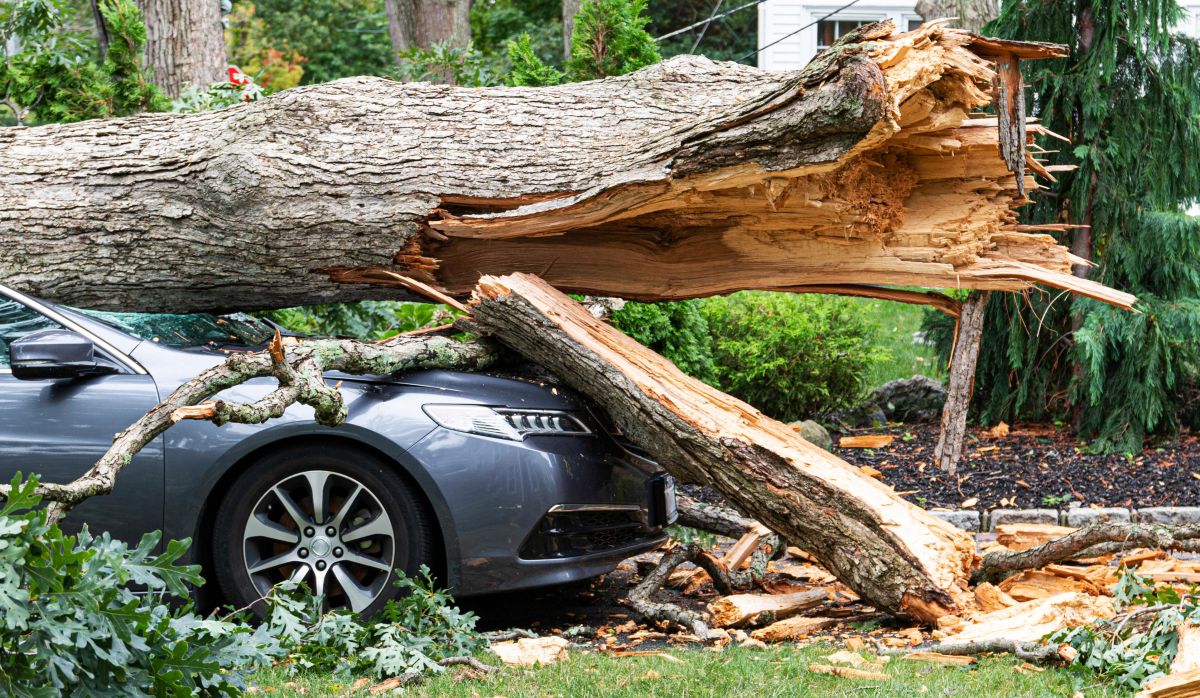Hurricane Milton has caused an estimated $36 billion in private insured losses, according to catastrophe modeling firm Karen Clark & Co. (KCC), making it one of the most expensive hurricanes in terms of insured losses, largely due to the storm's extensive wind damage across Florida.
As of Oct. 15, more than 152,180 property insurance claims had been filed, representing a total estimated insured loss of $1.9 billion, according to the Florida Office of Insurance Regulation (OIR). That included, as of Oct. 13, more than 21,100 private passenger auto claims and 668 commercial residential claims, with more expected in the coming weeks.
Although the insured losses from Milton are projected to reach $36 billion, this figure is notably lower than the $63 billion in losses attributed to Hurricane Ian in 2022. However, the sheer volume of claims is concerning, with more than 100,000 homeowners’ claims already filed -- double the number from Hurricane Helene.
Unlike Helene, which also impacted Florida’s west coast, much of Milton’s damage was caused by high winds rather than storm surges or flooding. As a result, more losses will be covered by private insurers, KCC noted in its recent report. The storm, initially a Category 5, weakened to a Category 3 before making landfall near Sarasota on Oct. 9, due to wind shear.
A unique aspect of Hurricane Milton, according to KCC, was its wind pattern. While most hurricanes have stronger winds on their right side, Milton generated winds equally strong on the left. In fact, KCC found that in eastern Florida, where the storm exited as a Category 1, winds were even stronger on the left side of the storm than on the right. This atypical behavior contributed to widespread wind damage across the entire Florida peninsula and extended northward into Georgia.
The aftermath of Milton is expected to trigger a surge in reinsurance prices, reversing the recent signs of price stabilization. Analysts agreed that even if the remainder of the 2024 Atlantic hurricane season is quiet, Milton and Helene will spur reinsurance price hikes.
KCC's loss estimate of $36 billion sits at the lower end of a range provided by Fitch Ratings, which anticipates insured losses from Milton could reach between $30 billion and $50 billion. Moody’s RMS, another catastrophe modeling firm, estimated combined losses from both Milton and Helene to range between $35 billion and $55 billion.
By comparison, Hurricane Helene, while also a major hurricane, is expected to result in insured losses of $8 billion to $14 billion.














